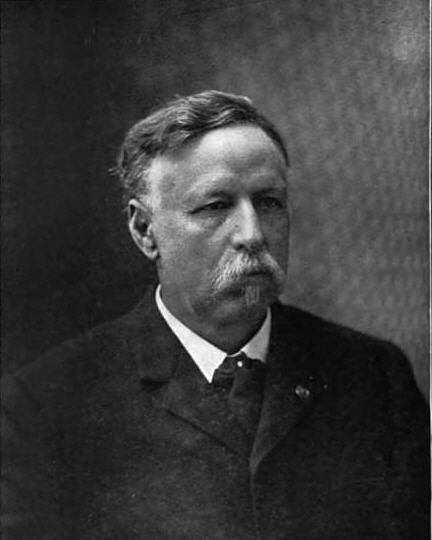Succeeded by Wesley Thomas Role Armed force officer | Succeeded by William Brown Name John S. Preceded by Walter Lyon Preceded by Cyrus Lantz | |
 | ||
Allegiance United States of America, Union | ||
John Peter Shindel Gobin (January 21, 1837 – May 1, 1910) was an officer in the Union Army during the Civil War, and the seventh Lieutenant Governor of Pennsylvania.
Contents
- Early life
- Civil War
- Post Civil War
- Political career
- Continued military service
- Additional activities
- Death and burial
- References
Early life
Gobin was born in Sunbury, Pennsylvania on January 21, 1837, the oldest of four children of Samuel and Susanna Gobin Shindel. He was educated locally and became an apprentice at the Sunbury American newspaper, where he was trained as a printer. He then read law with M. L. Shindel and John K. Clement, the father of Charles M. Clement, with whom Gobin later served in the National Guard. Gobin was admitted to the bar in 1858, and began to practice in Sunbury.
Civil War
In 1861 Gobin enlisted for the American Civil War and was commissioned a first lieutenant in Company F of the 11th Pennsylvania Infantry. After the unit's three-month term of service expired Gobin organized Company C of the 47th Pennsylvania Infantry, which he commanded as a captain.
The 47th Pennsylvania served throughout the rest of the war, primarily in Florida, South Carolina and Virginia, and Gobin rose through the ranks to become the regiment's colonel and commander. Major General Philip H. Sheridan rewarded Gobin for his performance at the Battle of Pocotaligo in South Carolina by nominating him for the brevet rank of brigadier general, which was approved on March 13, 1865. Near the end of the war he commanded 2nd Brigade, 1st Division, XIX Corps. After the surrender of the Confederacy, Gobin served as a Provost Marshal in South Carolina and Georgia until he was mustered out of the service on January 9, 1866.
Post-Civil War
After the war Gobin moved to Lebanon, Pennsylvania and resumed the practice of law. He was also active in the Grand Army of the Republic and the Military Order of the Loyal Legion of the United States. From 1897 to 1898 he was the G.A.R.'s national commander.
In addition to practicing law, Gobin was active in several businesses, including the local gas lighting company, the First National Bank of Lebanon, the City Mutual Fire Insurance Company and the Cornwall & Lebanon Railroad.
Gobin also carried out several civic responsibilities, including member of the board of trustees of Pennsylvania's Soldiers' and Sailors' Home, member of the board of commissioners of the Soldiers' Orphans Home, and member of the board of commissioners of the Gettysburg Monument Association.
Political career
A Republican, Gobin was elected to the Pennsylvania State Senate in 1884 and served from 1885 to 1899. He was the body's President pro tempore from 1891 through 1893.
In 1898 Gobin was elected lieutenant governor, and he served from 1899 to 1903.
Continued military service
In 1870 Gobin returned to military service as a member of the Pennsylvania Army National Guard, commanding a company in Lebanon called the Coleman Guards with the rank of captain. In 1874 he was named commander of the 8th Regiment with the rank of colonel. In 1885 he was promoted to brigadier general as commander of the 3rd Brigade.
In 1898 Gobin was appointed to command his brigade when it was federalized for the Spanish–American War. He led his brigade during mobilization and training near Augusta, Georgia, but resigned in order to run for lieutenant governor, and returned to National Guard service in Pennsylvania.
In 1906 he was promoted to major general as commander of the Pennsylvania National Guard Division, succeeding Charles Miller. He commanded the division until he retired in 1907, and was succeeded by John A. Wiley.
Additional activities
Gobin was also a member of the Freemasons, Knights Templar, and Odd Fellows. He served as Grand Master of the Grand Encampment of Knights Templar in North America from 1889 to 1892.
Death and burial
Gobin died in Lebanon on May 1, 1910. He was interred at Mt. Lebanon Cemetery in Lebanon, Pennsylvania.
